Warfare has evolved over centuries through the development of revolutionary tactics that dramatically altered how battles are fought and won. From the disciplined formations of ancient times to the use of modern stealth technology, each new strategy or method has reshaped military doctrine and the balance of power on the battlefield. These tactics not only reflect advancements in technology but also the changing nature of war itself. Below are some of the most significant military tactics that have had a lasting impact on warfare, influencing how nations and armies approach combat even today.
The Phalanx Formation
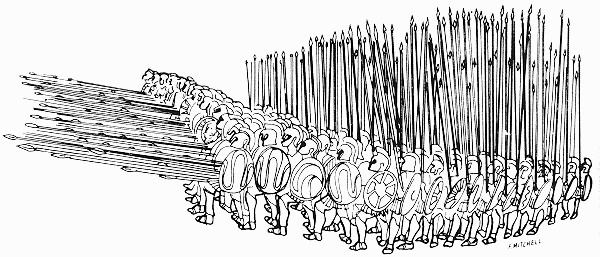
/ Wikimedia Commons
The phalanx formation, pioneered by the ancient Greeks, was one of the earliest military tactics that transformed warfare. It allowed heavily armored infantry to form a wall of shields and spears, creating an impenetrable barrier against enemy attacks. The phalanx worked best with disciplined soldiers trained to fight as a single unit, ensuring every man protected the person to his left. This tactic was particularly effective in hand-to-hand combat, as it neutralized the advantage of cavalry and rendered smaller or less organized armies ineffective. The Greek city-states, especially Sparta, became renowned for their prowess with the phalanx, which dominated battlefields for centuries. Despite its effectiveness, the phalanx had limitations, such as difficulty in navigating rough terrain and vulnerability to flanking maneuvers. Its influence spread across the Mediterranean, shaping military tactics in ancient Rome and beyond. The phalanx proved that coordination, discipline, and equipment could outweigh individual combat skills in war.
The Roman Legion System

The Roman legion system redefined how armies were structured and fought in ancient times. By replacing the cumbersome phalanx with smaller, more agile units called cohorts, their military gained remarkable flexibility and power. Each legion was composed of 4,000 to 6,000 soldiers, divided into cohorts that could operate independently or in conjunction with other units. This allowed the Roman army to adapt to a wide variety of terrains and enemy tactics, from dense forests to open plains. The standardization of training, equipment, and command further strengthened the cohesion of Roman forces, leading to their dominance in battles across Europe, North Africa, and the Middle East. Their legionaries were heavily equipped, with a short sword (gladius), a large rectangular shield (scutum), and javelins (pilum), making them formidable both in close combat and at range. Roman legions also employed a tactical flexibility called the “maniple system,” where soldiers could fight in staggered lines, allowing for rotation and fresh troops during extended battles.
Blitzkrieg Tactics
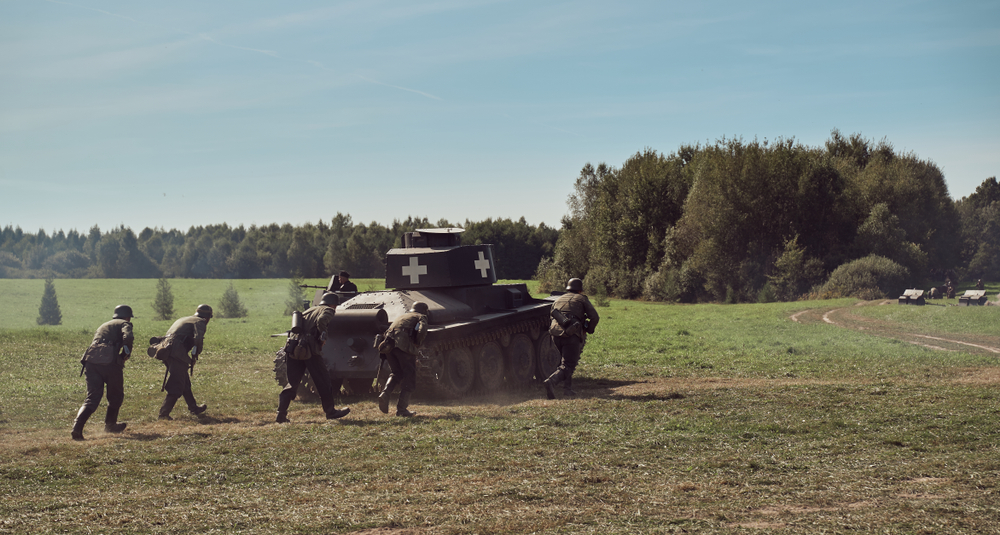
Blitzkrieg, developed by the Germans during World War II, revolutionized modern warfare by emphasizing rapid, concentrated attacks using combined arms forces. This tactic relied on fast-moving tanks, mechanized infantry, and air support to quickly break through enemy lines and encircle them. Unlike traditional, slow-paced warfare, blitzkrieg overwhelmed opponents by denying them the time to regroup or reinforce. The tactic was first demonstrated with devastating effectiveness in Poland in 1939, and it later contributed to Germany’s swift victories in France and the Low Countries. These tactics not only required superior mobility and coordination but also relied heavily on communications technology, such as radios, to synchronize movements across different branches of the military. While it was highly effective early in the war, it also had limitations, particularly in sustaining long-term offensives as seen in the failed invasion of the Soviet Union. Blitzkrieg’s success was bolstered by the Luftwaffe’s air superiority, which played a crucial role in disrupting enemy supply lines and communication networks. The tactic was later adopted and modified by other militaries in post-war conflicts.
Trench Warfare
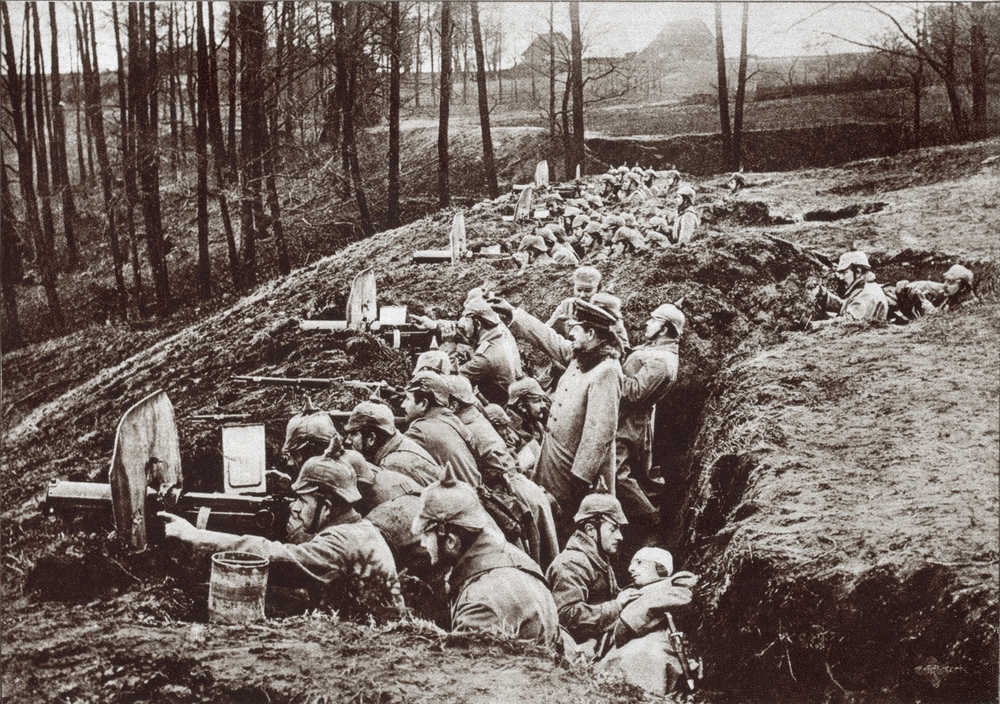
Trench warfare, most famously associated with World War I, represented a dramatic shift in battlefield tactics due to the advent of modern firearms and artillery. Soldiers dug intricate networks of trenches to provide shelter from enemy fire, turning large stretches of the battlefield into stalemates. This type of warfare slowed down advances and forced armies into protracted, brutal conflicts, where gains were measured in mere yards rather than miles. The static nature of trench warfare allowed for the development of defensive technologies, including barbed wire, landmines, and machine guns, which made it incredibly difficult for attackers to break through. The psychological toll on soldiers, known as “shell shock,” became an enduring issue due to the constant exposure to artillery bombardment. Although trench warfare was a strategic response to technological advancements, it also illustrated the limits of human endurance under modern combat conditions. It eventually fell out of favor due to its inefficiency, especially with the advent of tanks and more mobile warfare tactics.
The Longbow in Medieval Warfare
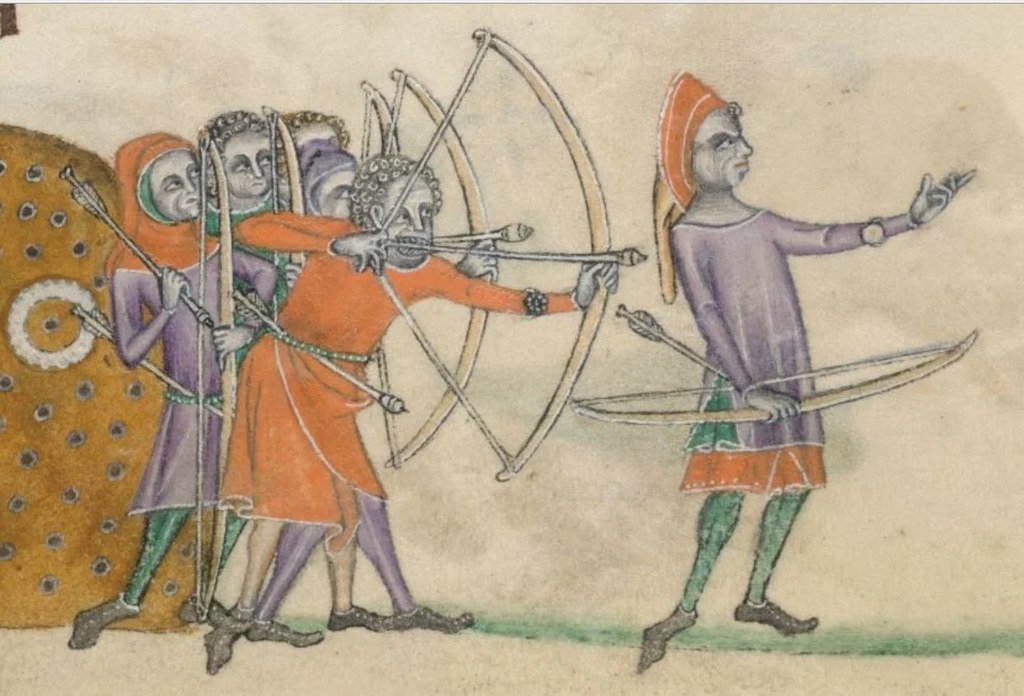
The English longbow, a powerful ranged weapon, became a game-changer during the medieval period, particularly in battles like Agincourt and Crécy. Its long range and penetration power allowed English archers to devastate heavily armored knights from afar, rendering cavalry charges ineffective. Unlike the shorter bows used by other European armies, the longbow could pierce armor at significant distances, reducing the effectiveness of traditional knightly warfare. The success of the longbow in battle depended heavily on the skill of the archers, who trained for years to master the weapon. This tactic marked a shift from the dominance of heavily armored cavalry to the rise of infantry-based armies. It was a key factor in the English victories during the Hundred Years’ War, often outnumbering and outmaneuvering French forces. Additionally, the longbow played a role in the gradual decline of feudalism, as commoners who could wield this weapon effectively became increasingly valuable on the battlefield. The longbow’s influence on warfare lasted well into the 16th century before being replaced by firearms.
Guerilla Warfare
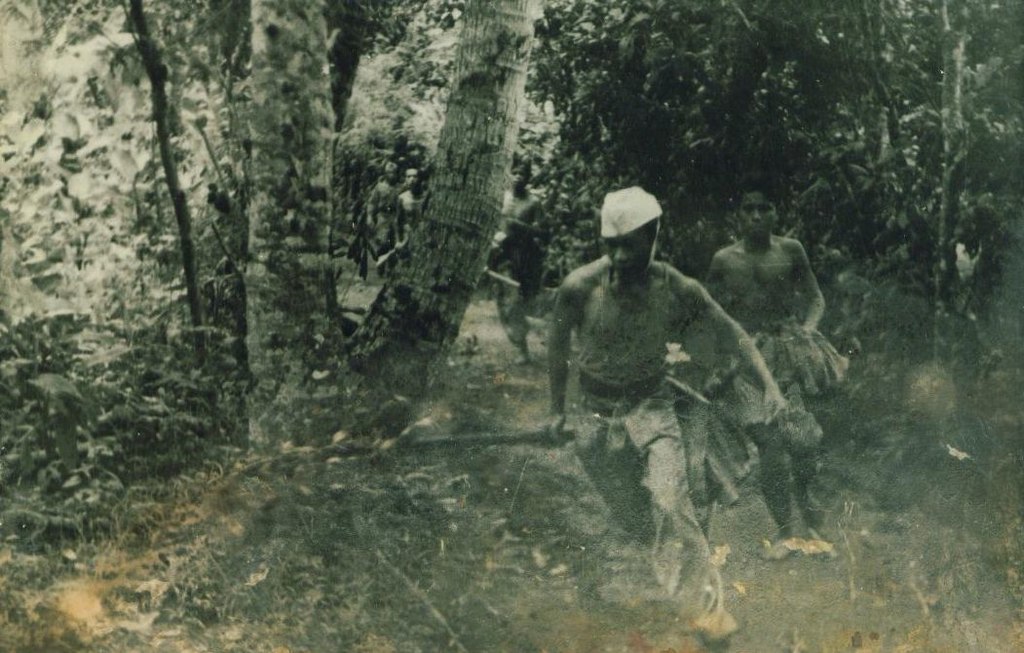
Guerilla warfare, characterized by small, mobile groups using hit-and-run tactics, has been a powerful tool for weaker or outnumbered forces throughout history. Rather than facing a larger enemy head-on, guerilla fighters use their intimate knowledge of local terrain to launch surprise attacks, sabotage supply lines, and wear down conventional forces. This tactic proved particularly effective in conflicts like the American Revolution, where colonial militias used guerilla strategies to outmaneuver the British army. It has also been employed in numerous modern conflicts, including the Vietnam War and the Afghan resistance against Soviet forces. Guerilla warfare’s success relies on the ability to blend in with civilian populations, making it difficult for conventional armies to differentiate between combatants and non-combatants. These tactics are also not limited to land-based conflicts; they have also been employed at sea, such as during the American Revolution when privateers disrupted British trade routes.
Naval Blockades
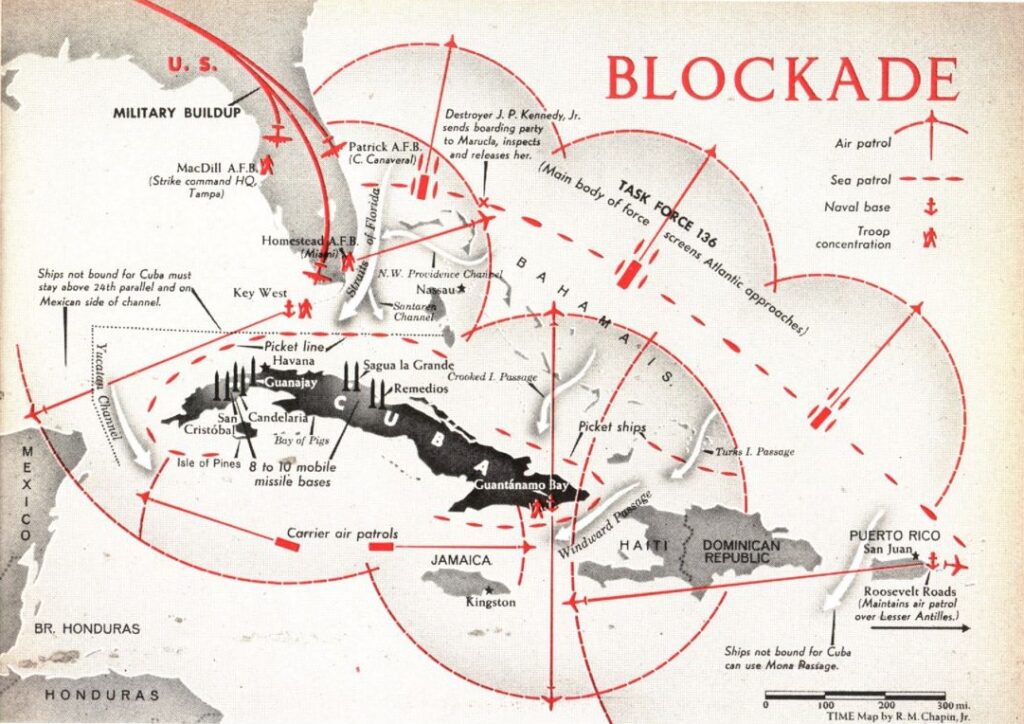
Naval blockades have long been a vital tactic in warfare, effectively strangling an enemy’s economy by cutting off its access to crucial sea routes. This tactic involves deploying a fleet of warships to prevent merchant vessels from entering or leaving enemy ports. One of the most famous examples of naval blockades was the Union blockade of Confederate ports during the American Civil War, which severely hampered the Confederacy’s ability to trade and resupply. Another example is the British blockade of Germany during both World Wars, which starved the German economy of raw materials and food. Blockades don’t just focus on military targets but also aim to cripple a nation’s civilian morale by creating shortages of essential goods. Over time, the effectiveness of naval blockades has grown with the introduction of submarines, aircraft, and missile technologies. In modern warfare, blockades can also involve cyber and satellite technology, further complicating their nature.
Combined Arms Tactics
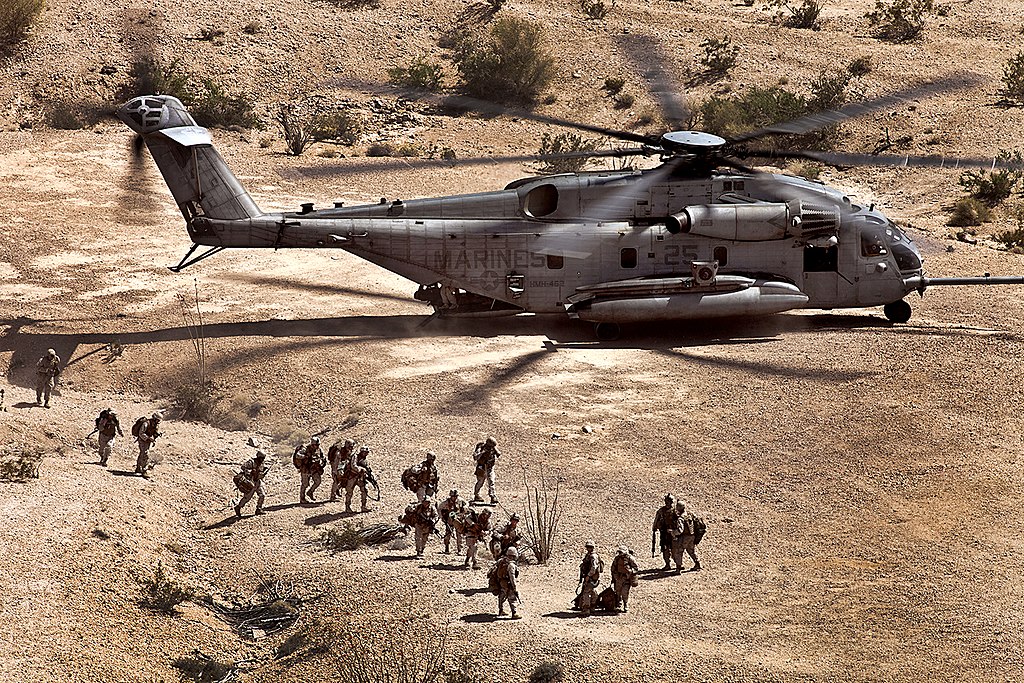
Combined arms tactics revolutionized the coordination of different military units, such as infantry, tanks, artillery, and air support, into one cohesive fighting force. First developed in World War I and refined during World War II, these tactics emphasize the importance of integrating various branches of the military to achieve maximum battlefield effectiveness. This method allows each unit to compensate for the weaknesses of the others, such as using tanks to break through defenses while infantry secures territory. The German Wehrmacht’s early success in World War II, particularly during blitzkrieg campaigns, was largely due to effective combined arms operations. In modern conflicts, this tactic remains central to military doctrine, with drones, cyber warfare, and intelligence all playing integrated roles. Combined arms strategies provide flexibility, enabling forces to adapt to dynamic battlefield conditions while ensuring rapid and decisive victories.
The Use of Gunpowder

The introduction of gunpowder radically altered the nature of warfare, transitioning combat from primarily melee weapons to firearms and artillery. Developed in China and later spreading to Europe, gunpowder enabled the creation of cannons, muskets, and eventually rifles, which made traditional fortifications and armor obsolete. The Battle of Agincourt in 1415 showcased the devastating effect of gunpowder-based weapons, with English longbowmen and artillery defeating a much larger French force. The rise of gunpowder weapons marked the decline of the knightly class, as heavily armored warriors became vulnerable to long-range attacks. Gunpowder also facilitated the development of siege tactics, where cannons could destroy walls and fortresses that previously had been impenetrable. Over centuries, the evolution of gunpowder weapons has shaped everything from battlefield strategies to the geopolitical balance of power.
Tracer Bullets

Tracer bullets transformed night-time and low-visibility combat by allowing soldiers to see the trajectory of their shots. Developed in the early 20th century, tracers contain pyrotechnic chemicals that ignite and burn brightly as they are fired, leaving a visible trail in the air. This development allowed machine gunners and snipers to correct their aim more efficiently and helped coordinate more accurate suppressive fire. During World War II, tracer bullets played a crucial role in aerial dogfights, allowing pilots to better judge their shots. In modern warfare, tracers continue to be vital for both infantry and armored units, helping to direct fire and coordinate attacks. Despite their advantages, tracers can reveal the shooter’s position, which is why they are often used sparingly in combat.
The Use of Cavalry

Cavalry played a dominant role in warfare for centuries, providing armies with speed, mobility, and shock power. The use of mounted soldiers was especially effective in open-field battles, where cavalry charges could break enemy lines and cause disarray. The Mongol Empire, under Genghis Khan, mastered the use of cavalry with hit-and-run tactics, allowing them to conquer vast territories quickly. With the introduction of firearms and artillery, cavalry began to lose its effectiveness, although it remained a key component in military tactics until the early 20th century. The charge of the Light Brigade during the Crimean War is one of the last notable examples of cavalry in modern warfare. Today, while traditional cavalry has been replaced by armored vehicles, the principles of speed and mobility remain crucial to military strategy.
The Use of Stealth

Stealth has been a fundamental tactic in warfare, allowing forces to surprise and outmaneuver their enemies. Ancient civilizations employed night raids and ambushes to catch opponents off-guard, and this concept has evolved significantly in modern times. Today, stealth is associated with advanced technology, including stealth bombers, submarines, and reconnaissance drones designed to avoid detection by radar and infrared systems. The F-117 Nighthawk, the world’s first operational stealth aircraft, demonstrated the importance of radar-evading technology in modern air warfare during the Gulf War. Stealth tactics also extend to covert operations, where small teams infiltrate enemy lines for sabotage or intelligence gathering. As warfare has increasingly focused on technological superiority, stealth remains a vital element for gaining a tactical edge.
This article originally appeared on Rarest.org.
More from Rarest.org
15 Towering Sand Dunes Creating Otherworldly Landscapes

Towering sand dunes are some of the most mesmerizing natural wonders on Earth, creating landscapes that seem almost otherworldly. These colossal formations, sculpted by wind and time, rise dramatically from the ground, offering breathtaking views and a sense of awe to those who witness them. Read More.
8 Elite Travel Clubs Offering Unparalleled Adventures

When it comes to exploring the world in style, elite travel clubs offer experiences that go far beyond the ordinary. These exclusive memberships open doors to unparalleled adventures, providing access to private jets, luxury accommodations, and personalized itineraries that cater to the most discerning travelers. Read More.
12 Electric Supercars That Push the Limits of Speed

In the world of automotive innovation, electric supercars have emerged as the pinnacle of speed and engineering, pushing the boundaries of what was once thought possible. These high-performance machines combine cutting-edge technology with breathtaking acceleration, proving that electric vehicles can be just as thrilling, if not more so, than their gasoline-powered counterparts. Read More.
